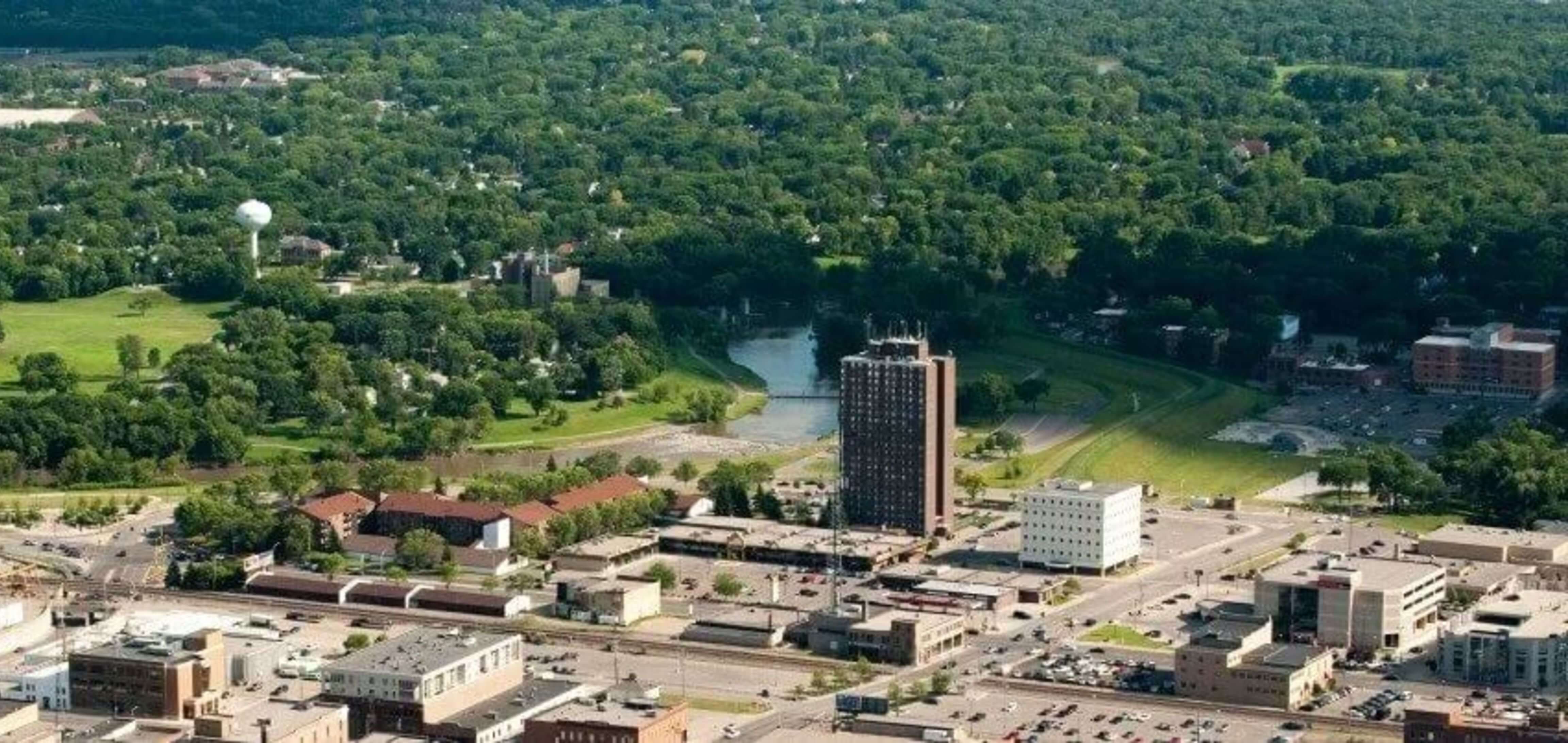
Fargo's founding dates back to 1871, when the first settlers staked out homestead claims at the point where the Northern
Pacific Railroad would cross the Red River. Railroads played a major role in the development of Fargo. In fact, the city
was named for William G. Fargo, a director of the Northern Pacific Railroad, and co-founder of Wells Fargo Express
Company.
Located in the center of North America, the Red River Valley stretches over 30 miles, gently rising westward
from the Red River, a north-flowing river running between North Dakota and Minnesota, and extending into Canada. Rich,
black soil produces an abundance of crops such as potatoes, sunflowers, sugar beets, wheat, corn, soybeans, alfalfa,
oats, and lentils. Industry and agriculture are closely related in Fargo-Moorhead. The area has meat packaging plants,
sugar and sunflower processing plants, creameries and a malting barley plant. The spirit of the early pioneers remains a
treasured part of Fargo's proud heritage.
Today the population of the Fargo-Moorhead metropolitan area is more than 200,000, and there seems to be no
end in sight to the persistent prosperity and growth of the twin cities on the Red. While agriculture is still prominent
in the local economy, Fargo-Moorhead has also become an important focal point for other professions, including
government, education, medicine, retailing and manufacturing.
State Information
NorthDakota.gov
North Dakota Tourism
Local Information
Fargo Chamber of Commerce
City of Fargo
Attractions
Fargo Moorhead Attractions

Hector International Airport
2801 32nd Avenue
Fargo, ND 58102
Phone: 701 365 0878
Fax: 701 365 0852
Manager: Brad Williams